Quercus rubra
A tall native oak with boat-shaped leaves with tapering lobes
Quercus rubra northern red oak
Add to MyPlants View Locations
At full growth this is a large tree, growing over 80 feet tall with a trunk diameter up to 5 feet. If abundant, this species can make a significant contribution to overall fall tree coloration. In many ways it is similar to the black oak (Quercus velutina), but the buds and underside of the leaves of the red oak tend to be hairless. The buds of the red oak are also smaller than those of the black oak. Both have moderately lobed leaves with pointed tips. The red oak usually has 7-9 lobes. Red oak leaves tend to be more dull green on top, while black oaks are glossier. The bark of the red oak is dark, furrowed, and often laced with broad shiny strips. The black oak has dark bark that tends to form in blocks, sometimes with shiny ridges. The leaves of both species are variable and 4-8 inches long, though the average length of the red oak leaves is a bit more than that of the black oak. The red oak also has larger acorns than the black oak. In the fall, if conditions are right, the red oak turns a brilliant red color that is similar to the pin oak. The black oak tends to vary from yellow to red. Both species of oaks turn to their fall colors later than the maples and beech. That is certainly the case this year, as the sugar maple and American beech have shed most of their leaves and the oaks are just beginning their color change.
Habitat & Range
Common in dry to moist woods.
Present throughout the state.
| EMP: | FACU |
|---|---|
| NCNE: | FACU |
Phenology
Flowers in April or May.
Plant Codes
S-rank: S5 (Secure)
G-rank: G5 (Secure)
Quercus rubra northern red oak
Synonyms: Quercus borealisAdd to MyPlants View Locations
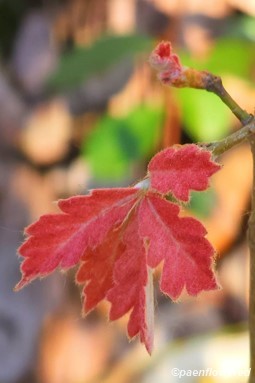

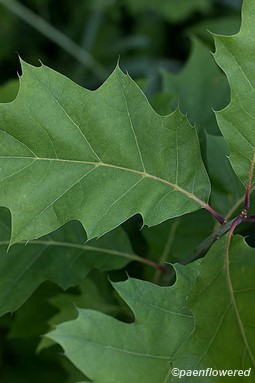
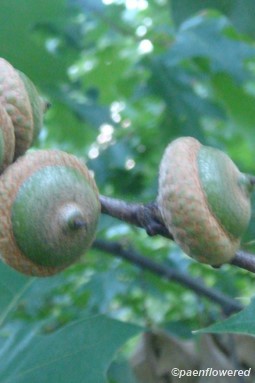



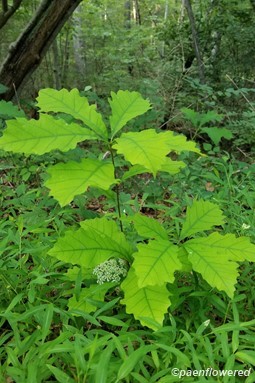
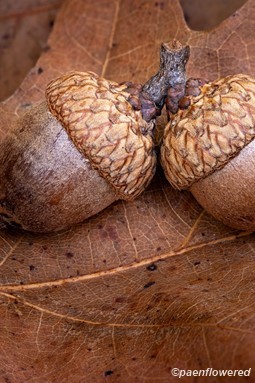
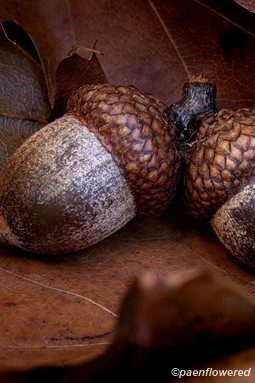
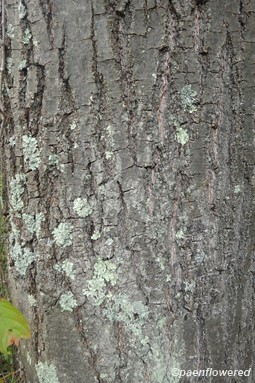
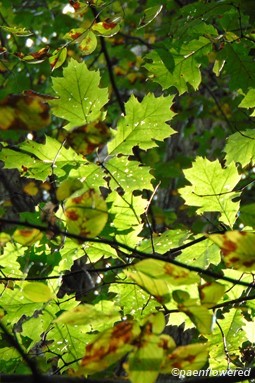

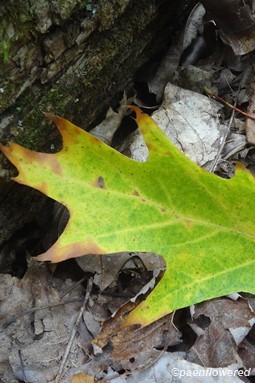

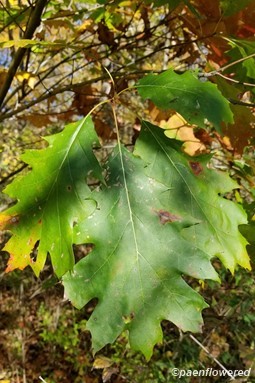
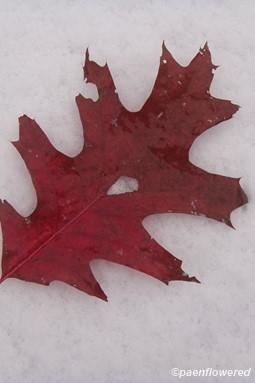
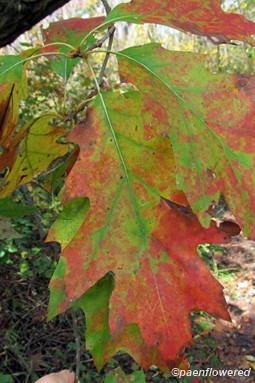
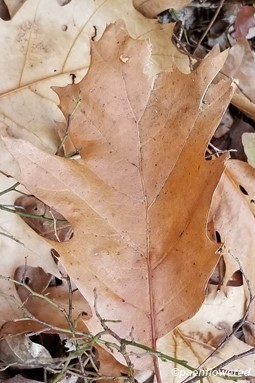
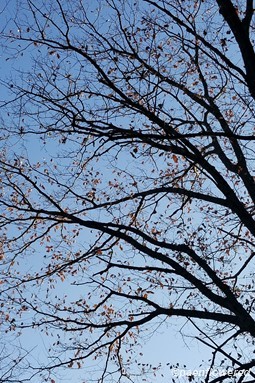














Comments
Have you spotted this plant in your area? We'd love to hear about your experience! Share your comments or questions about the plant below. Comments are moderated before posting.